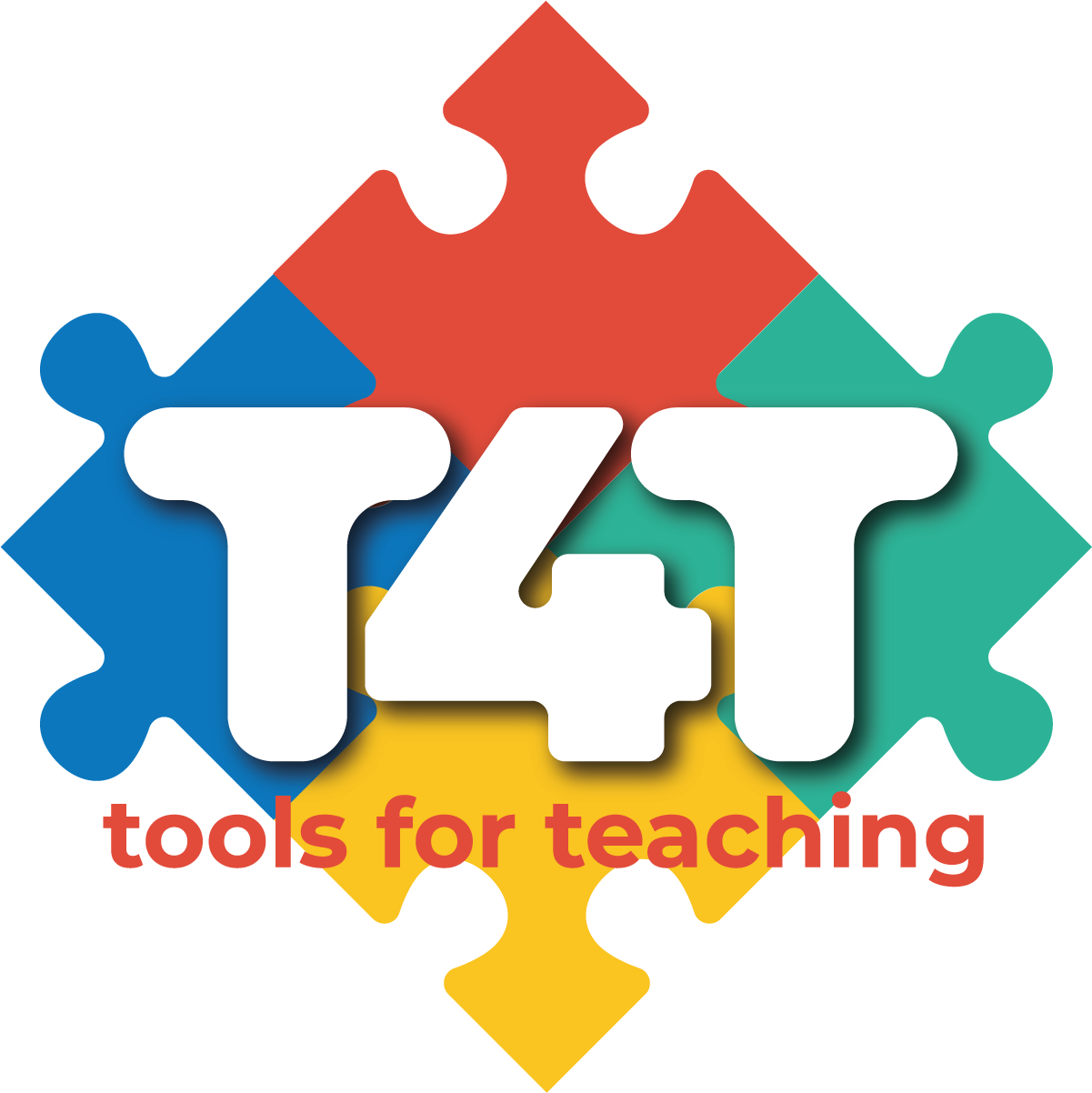Guidelines on how to building effective group dynamics online
For the first activity under Result 1, the partners have produced six modules covering six different aspects of teaching in digital education environments. The modules provide general methodological guidelines for adult educators on how to more effectively build and maintain group dynamics in online learning environments, what digital tools and software to use, what behaviours to adopt, how to engage learners in small group activities online, and how to use artistic exercises to foster creativity
The modules are aimed at adult educators, teachers, trainers, mentors, coaches and other education professionals working in the field of formal, non-formal and informal adult education. In addition, the modules enable the target group to increase their knowledge and skills on how to effectively build and maintain a group dynamic in their online courses and trainings and how to actively engage learners in different types of activities. This enables a better response to the increasing expectations of learners who are nowadays no longer just passive recipients of knowledge but actively involved in the online education process.
All partners participated in the identification of resources and in the creation of the modules. The general coordination of the process was done by the Dutch partner – ViOne Consultancy.
At the beginning, the partnership agreed on what they understood by 'blended learning’ and defined the 3 types of learning environments for this purpose. For the purposes of the project and in line with its objectives, the partners agreed to use the most widely used definition of blended learning as a 'combination of face-to-face and online learning’, known as the rotational model of blended learning.
The partnership agreed on the following themes to be developed in the form of six modules:
- Specifics of online learning environment comparing to physical settings and blended learning
- Suitable digital tools and software for maintaining effective online interaction
- Specifics of engaging learners and working in small groups in online learning environment
- Creating engaging energisers and warm up exercisers suitable for online environment and remote learning
- Boosting online teaching creativity and learners’ engagement through artistic activities
- Educator’s role and behaviour in online teaching environment some tips for success
To create the modules, the partners agreed on the following steps:
- Create and agree on a document template (Word) for consistency and to provide a general overview of the nature of the content of each module
- Create and agree on a presentation template (PowerPoint) that includes attractive visuals and follows the structure of the document template.
- Agreement on joint knowledge testing activities in the form of open and closed questions on the website, in the presentation and in the form of a practical case study in the document
- The partners also agreed on the design, the appearance of the results and the time schedule.
- The partners agreed on the use of the following methods: Desktop research on the topic, identification of techniques from formal, non-formal and informal education that can be used in the context of digital education, providing guidelines for the development of online learning activities suitable for distance education and learning, etc.
All six modules were combined into one structured document, which resulted in the 'Guidelines’, developed in a user-friendly format. All modules and resources for each module were uploaded to the project website
The partnership received feedback that the Guidelines met the growing needs of training professionals who wanted to learn how to easily adapt face-to-face interaction to digital environments. In doing so, they were able to put a 'human face and meaning’ to online education and help learners to become active participants in the process rather than being treated as passive recipients of information.
The modules and thus the 'Guidelines’ were created in English and later translated into all project languages. Each partner was responsible for the translation
The modules can be viewed on the project website: https://digitaltools4teaching.eu/results/guidelines

